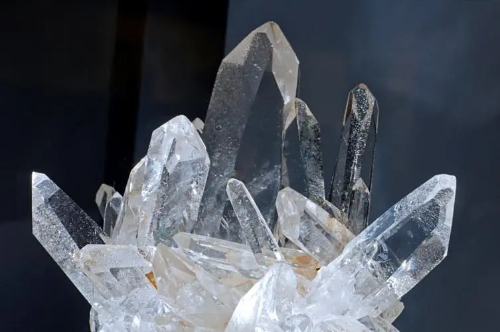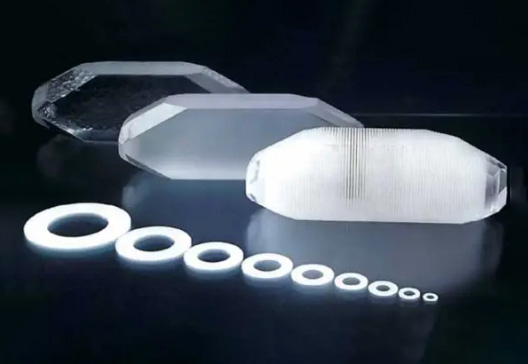What is Sputtering?
Last updated on {{lastDate}}
Sputtering is a process that uses gaseous plasma to dislodge atoms from the surface of a solid target material. The atoms are deposited to form an extremely thin coating on the surface of the substrates. It is a technique often used to deposit thin films of semiconductors, CDs, disk drives, and optical devices. Sputtered films exhibit excellent uniformity, density, purity and adhesion. It is possible to produce alloys of precise composition with conventional sputtering, or oxides, nitrites and other compounds by reactive sputtering.
Process of sputtering:
- Ions of inert gas are accelerating into target
- Target is eroded by the ions via energy transfer and is ejected in the form of neutral particles
- Neutral particles from the target traverse and are deposited as a thin film onto the surface of the substrates

About the author
Chin Trento
Chin Trento holds a bachelor’s degree in applied chemistry from the University of Illinois. His educational background gives him a broad base from which to approach many topics. He has been working with writing advanced materials for over four years in Stanford Advanced Materials (SAM). His main purpose in writing these articles is to provide a free, yet quality resource for readers. He welcomes feedback on typos, errors, or differences in opinion that readers come across.
REVIEWS
{{viewsNumber}}
Thought On "{{blogTitle}}"
blog.levelAReply (Cancle reply)
Your email address will not be published. Required fields are marked*
{{item.children[0].name}}
{{item.children[0].created_at}}
{{item.children[0].content}}
blog.MoreReplies
LEAVE A REPLY
Your email address will not be published. Required fields are marked*





